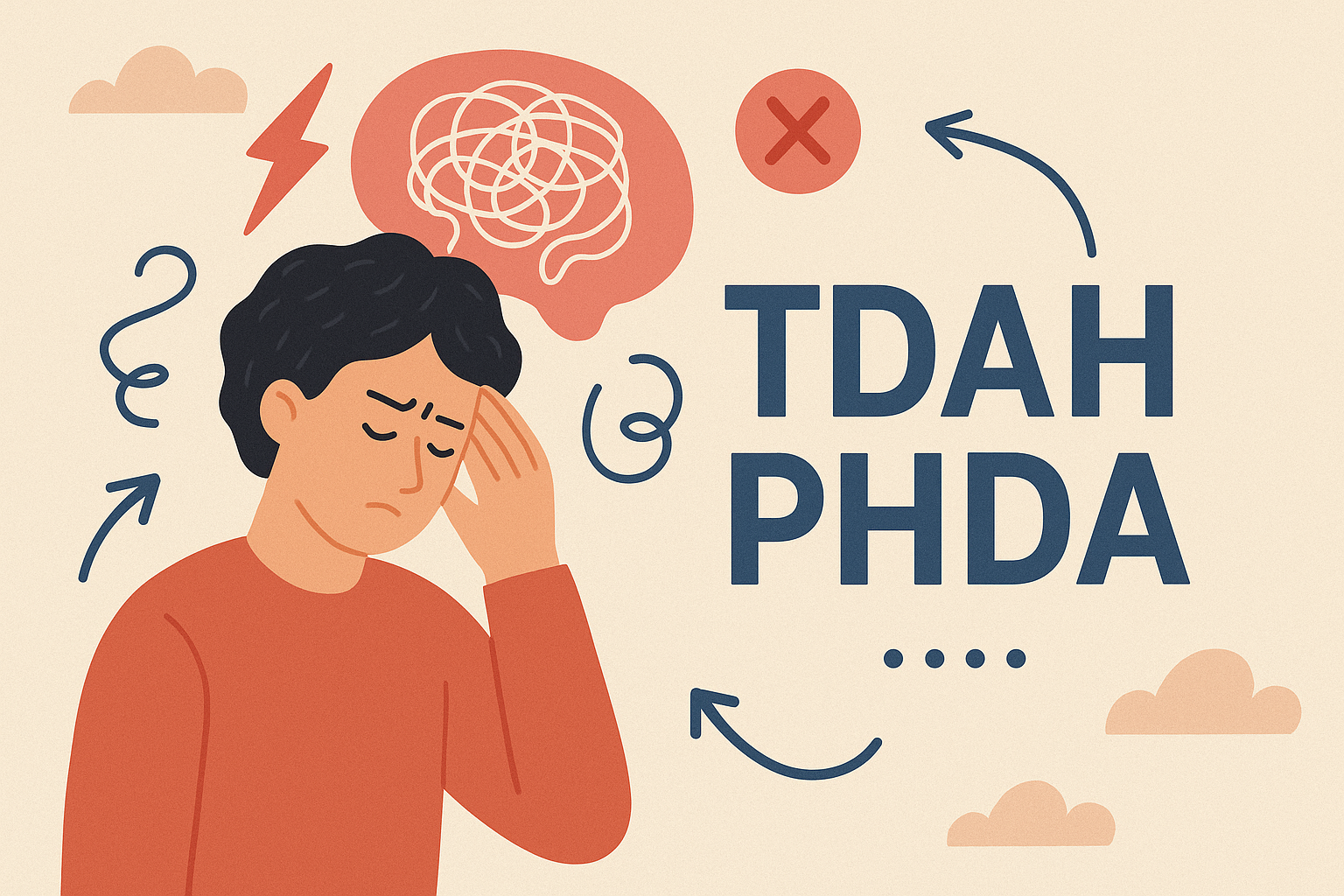The Constantly Evolving Superpower of the Brain
Superheroes are all the rage, but did you know that you're also a superhero? Our brains have a superpower that surpasses anything in nature. We constantly learn, evolve and transcend ourselves because our brain moulds itself to any situation and is always learning. But how is this possible? Where does this superpower come from?
What is neuroplasticity?

Imagine your brain as a constantly growing garden. The flowers represent neurons, and the connections between them are like the paths that form between plants. Neuroplasticity is the brain's ability to create new connections, strengthen existing ones and even "reprogramme" areas to take on new functions.
How does neuroplasticity work?
Contrary to what was once believed, the brain is not a rigid, immutable structure. It has an incredible capacity to adapt and change in response to stimuli, experiences and learning. This capacity is what we call neuroplasticity.

The benefits of neuroplasticity
Neuroplasticity offers a number of benefits for our brains and our lives:
Learning
Neuroplasticity is fundamental to learning new skills, languages and knowledge.
Recovery
After brain injuriesNeuroplasticity allows other areas of the brain to take over the functions of damaged areas, making it possible to recover lost skills.
Well-being
Practising activities that stimulate neuroplasticity, such as physical exercise, meditation and learning new skills, contributes to emotional and mental well-being.
How to stimulate neuroplasticity
There are many ways to stimulate neuroplasticity and make the most of the brain's potential:
Learn new things
Challenge your brain with new information and skills. Read books, take courses, learn a new language or play a musical instrument.
Exercise
Regular physical activity is a powerful stimulator of neuroplasticity.
Meditate
Meditation and mindfulness can strengthen neuroplasticity, increase concentration and reduce stress.
Have an active social life
Social interactions and contact with other people are important for keeping the brain healthy and active.
Eat healthily
A balanced diet, rich in essential nutrients, contributes to brain health and optimises neuroplasticity.
Neuroplasticity and ageing
Neuroplasticity is not exclusive to youth. Even as we age, the brain continues to adapt and learn. However, it's important to remember that neuroplasticity is a process that requires effort and dedication. By adopting healthy and stimulating habits, we can keep the brain active and make the most of its potential at any age.
Conclusion
Neuroplasticity is a superpower that we all possess. By understanding how it works and how we can stimulate it, we can transform our lives, learning, growing and adapting to any challenge.
Show this video to anyone who no longer believes in their abilities. After all, we can always evolve and use our greatest superpower.
References:
Hello, my name is Dr José Padrão MendesI'm a neurologist and intensivist and founder of the NeuroPsyque Clinic. Here we talk about the brain, mind, pain, emotions and neuroscience.
Article images courtesy of Freepick







One Response
I loved the information, thanks for sharing